How in Russia, without doctors, they determined the onset of death
Categories: Health and Medicine | History
By Pictolic https://pictolic.com/article/how-in-russia-without-doctors-they-determined-the-onset-of-death.htmlNowadays, the death certificate, with rare exceptions, is carried out by a medical professional-a doctor or a paramedic. But just a hundred years ago, doctors were only around patients while they were being treated. When it became clear that the patient was close to death, the doctor retired and the priest and the undertaker took his place. And even earlier, before baptism, a person passed away in the presence of only close people. How was death pronounced in Russia, when it was not part of the doctor's duties, and detailed instructions had not yet been written?
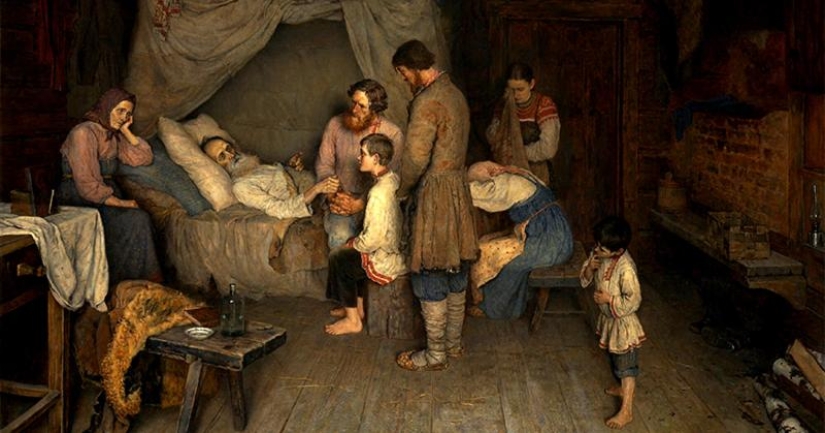
Over the past few centuries, in those parts of Russia where Orthodoxy reigned, a priest most often became a witness to the death. He absolved the dying man, comforted him, and when he gave up the spirit, pronounced him dead. This was done by a combination of signs, such as the absence of a heartbeat and breathing, dilation of the pupils and their lack of reaction to light. After 2-4 hours after death, its obvious signs appeared on the body – cadaveric spots and rigor mortis.
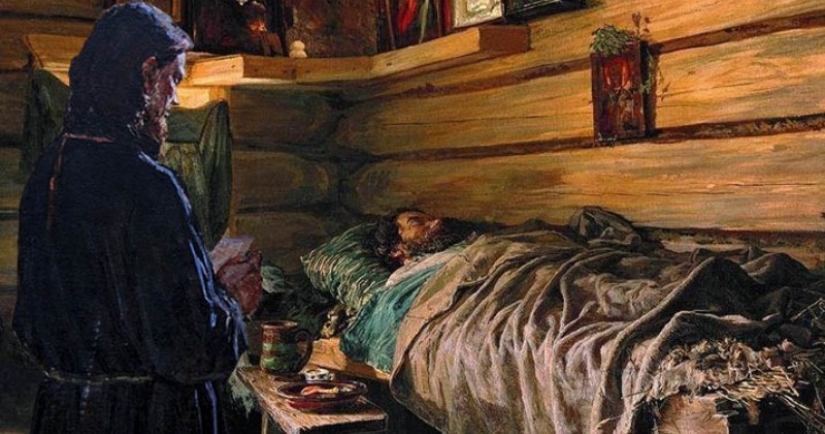
The absence of breath from ancient times to the present day is checked by the people with a mirror, applying it to the lips of a person. If it fogs up, it means that there is breath and the person is still alive. In pre-Petrine times, mirrors in Russia were rare, so for this method, they used dishes that were polished to a shine. On the battlefield, weapons, such as the blade of a sword, were often used instead of a mirror.
They also used a feather that swayed at the slightest movement of air to determine the breath. Today, doctors do not use these methods of ascertaining death, as they are not considered accurate. Lack of breath is no longer considered a sign of death, and the mirror and feather methods themselves are not very accurate. The perspiration on the glass may be caused by the breathing of a person nearby, and the pen will move from drafts that are invisible to a person.
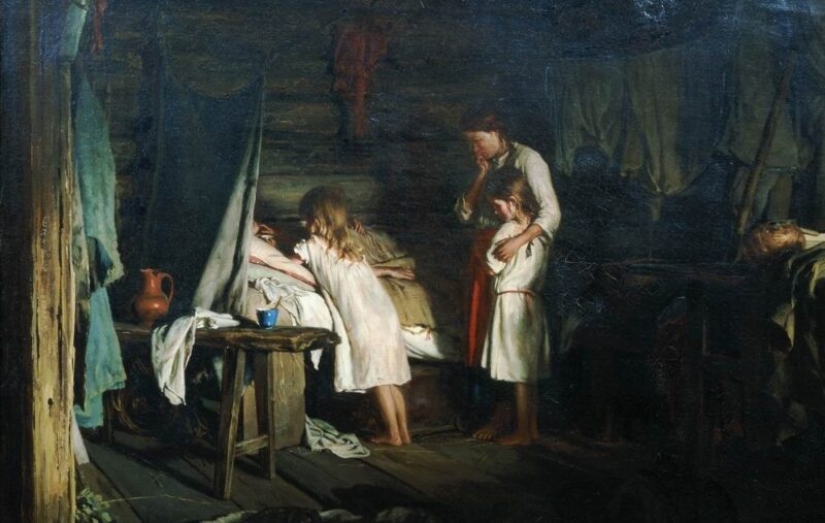
Much less often, another method was used to determine the presence of blood circulation. The finger of the dying person was tightly tied with a string and if its color did not change, then it was considered that the person was dead. Sometimes more barbaric methods were used, such as setting fire to a bundle of hemp on the chest of a dying man. If a person did not respond to the pain from the burn, then he was declared dead.
Quite a barbaric way was to pour liquid into the mouth. If the dying person began to choke and cough, it meant that it was too early to write him off. Of course, the techniques associated with arson and drowning could, on the contrary, contribute to the death of the patient, who had a small chance of survival before the test.
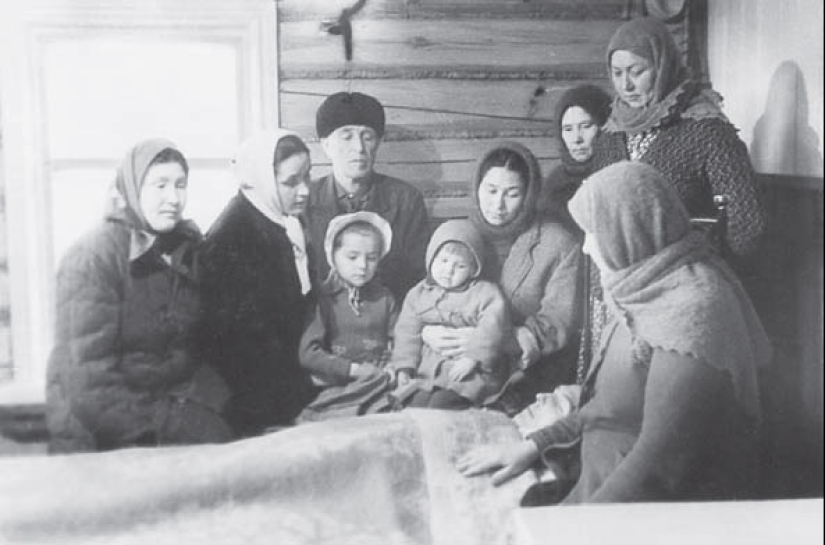
In Siberia, where the local peoples professed their own pagan religions, whether a person died or not was determined by the shaman. Sometimes the process of stating death was based on quite reasonable methods of determining the presence of physiological processes in the body, but most often the answer to the question of life and death was given to the priest by the spirits. In this case, mistakes could not be avoided, but you can not argue with the higher powers – it is said that everything means everything.
Now medicine knows dozens of reliable signs of biological death of a person. These include rigor mortis, drying out, cadaverous spots, lack of muscle tone, palpitation and respiration, reactions to pain and light. These include late signs, such as putrefactive changes, the appearance of adipose hair, and mummification.
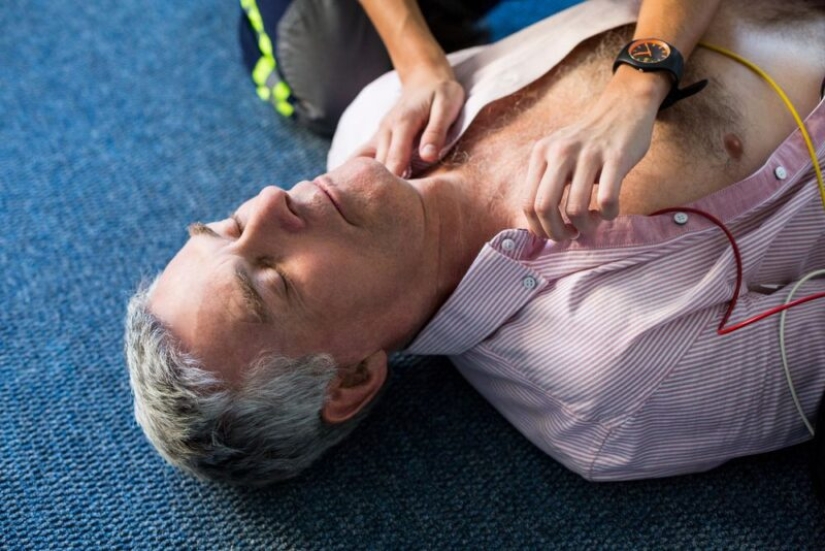
Among the exotic signs for an ordinary person, which only doctors know about, is the phenomenon of the "cat's pupil". It consists in the fact that in a dead person, when the eyeball is squeezed, the pupil takes the form of a slit. This is due to the fact that the muscles that cause the round shape of the pupil stop receiving commands from the dead brain and their complete relaxation occurs.
It is good when there is someone to state the death and take care of the funeral. Thousands of Japanese people die at home every year, and their deaths are only known when utility bills are no longer paid.
Keywords: Death | Health and medicine | History | Patients | Doctors | Mirror | Priest
Post News ArticleRecent articles

Taipei is the capital of the Republic of China and the official capital of Taiwan Province within the PRC. It is the political, ...

Mike Olbinski — wedding photographer and storm chaser. An unusual combination, isn't it? And what if it turns out Mike is the ...
Related articles

Modern medicine is amazing. More and more procedures are performed painlessly and quickly. Going to the dentist no longer calls for ...

A selection of retro-shots from the 20th century, which made clear that the love of God does not exclude love of entertainment. The ...

What did the real Ronald McDonald look like? How many people were at Woodstock in 1969? What did Tesla do in his laboratory? And is ...

On Janice Dickinson are many rumors, some hate it, others are jealous, others admire her tenacity and patience. Dickinson has ...